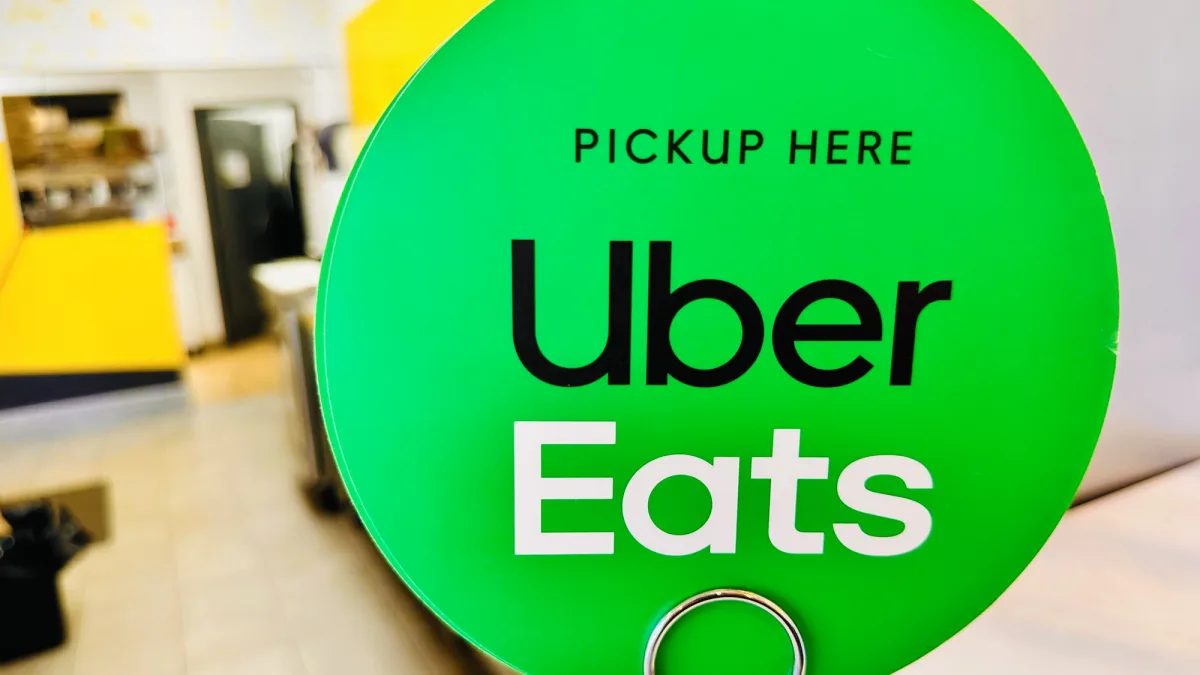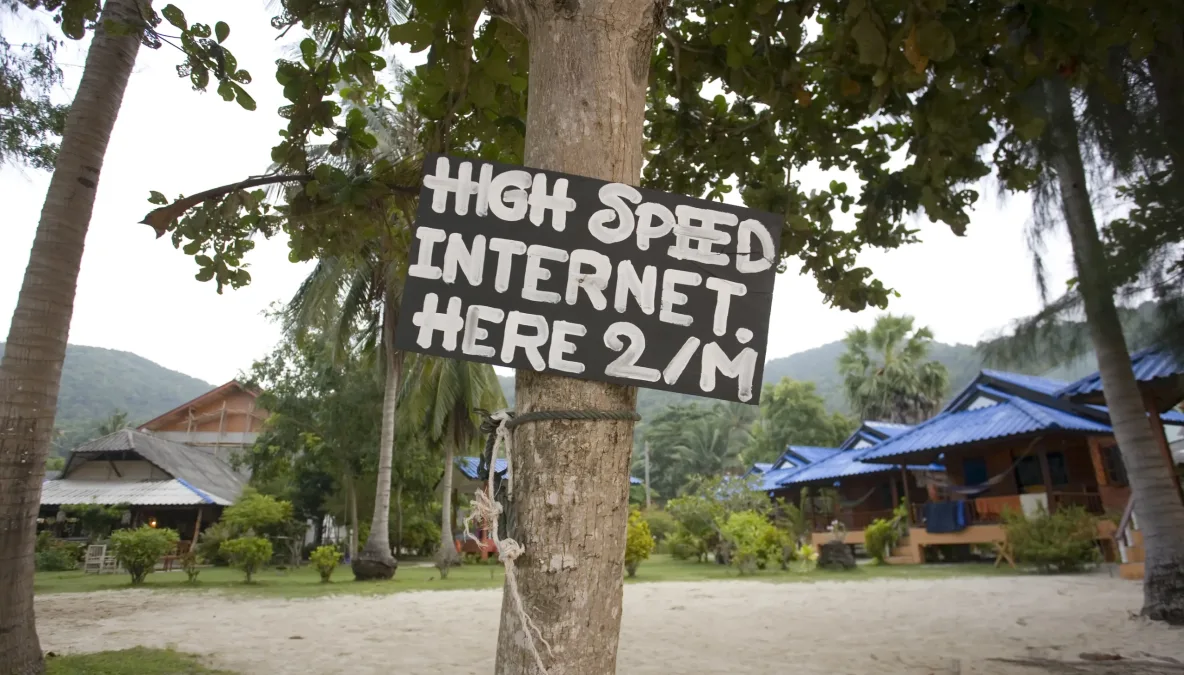Twenty-four of the European Union’s 27 member states struggle to fill teaching posts, with the pressure particularly severe in science, technology, engineering and mathematics. The temptation, naturally, is to blame tight-fisted education ministries. Teachers across the EU earn roughly 11 per cent less than other tertiary-educated workers, and in Italy the gap widens to 27 per cent. Surely opening the coffers would fix the problem?
Not quite. The evidence suggests Europe’s teaching crisis stems from something more pernicious than parsimony: the systematic deprofessionalisation of a once-respected vocation. Policymakers have spent decades making teaching administratively onerous, professionally stifling and socially undervalued. Money matters, certainly. But the countries successfully navigating teacher shortages have discovered what struggling ones have not—that autonomy, respect and bearable working conditions matter rather more.
The arithmetic of attrition
Globally, teacher attrition at the primary level rose from 4.62 per cent in 2015 to 9.06 per cent in 2022—a near doubling that suggests deeper rot. In England, 31.3 per cent of teachers quit within their first five years, with STEM teachers and those with stronger academic backgrounds departing fastest. Four in ten teachers across Europe are now over 50, whilst only eight per cent are under 30. Portugal alone expects to need more than 30,000 new educators by 2030, whilst Germany faces a shortage of between 40,000 and 80,000 teachers by the same date.
The STEM shortage is particularly acute. Close to 30 per cent of schools across participating countries face shortages of adequate mathematics and science teachers, with the figure exceeding 80 per cent in countries such as Malaysia and Turkey. This owes partly to opportunity costs—the shortfall by 2030 of workers in computing and mathematics is estimated at six million in the United States and around one million in Germany. But here’s the rub: STEM students may overestimate the financial disadvantage of becoming teachers, with the pay gap between teaching and non-teaching careers being higher for mathematics and science graduates than for other subjects.
The folly of quick fixes
Faced with shortages, governments reach for the policy toolkit they know best: financial inducements and relaxed entry requirements. Bulgaria, Czechia and Germany now offer salary bonuses, housing or transport allowances to attract teachers to shortage subjects or rural areas. France and Belgium allow subject graduates or native speakers to teach without traditional pedagogical training. Finland is broadening initial teacher qualifications whilst France is reducing the minimum required qualification from Masters to Bachelors.
These measures share a common flaw: they treat teaching as a job any graduate can muddle through, rather than a profession requiring specific expertise. Whilst financial incentives can help recruit teachers initially and encourage them to work in hard-to-fill schools temporarily, the effect does not last beyond the end of the stipulated payment period. Worse still, retention rates of entrants from other professions into teaching are significantly lower due to unattractive salaries and working conditions—suggesting alternative pathways merely create a revolving door.
Indeed, bonuses and temporary incentives signal that teaching is so undesirable it requires bribes to attract candidates, potentially cementing rather than reversing the profession’s declining status. Research suggests that really considerable salary increases—up to 50 per cent—would be needed to induce more teachers to work in schools with high proportions of socioeconomically disadvantaged or ethnic minority students. Few governments command such fiscal firepower.
Autonomy over pay packets
The counter-intuitive lesson emerges from countries that have cracked the code. Finland—a nation that revolutionised its education system from mediocrity in the 1970s—offers instructive contrast. All Finnish teachers receive three years of high-quality graduate-level preparation completely at state expense, and the profession is now on a par with other professional workers. But Finland’s secret weapon isn’t generous salaries; it’s professional trust.
Finnish schools provide time for regular collaboration among teachers on issues of instruction, with teachers meeting at least one afternoon each week to jointly plan and develop curriculum. Nearly half of teachers’ school time is used to hone practice through school-based curriculum work, collective planning and cooperation with parents. The result is a cohort of teachers who are conscious, critical consumers of professional development, diagnosing problems in their classrooms and applying evidence-based solutions rather than shifting problems elsewhere.
The pattern repeats across all high-performing systems. In certain East Asian and Northern European countries, teachers experience greater respect, recognition and access to professional learning, with manageable workloads, professional autonomy, smaller class sizes and high levels of trust. Data from the Teaching and Learning International Survey (TALIS) demonstrates the importance of job satisfaction, school support, motivation and self-efficacy in decreasing teachers’ perceived levels of stress at work.
The stress test
Europe’s struggling systems have instead created the opposite environment. Teachers in England were among the top five countries to report experiencing quite a lot of stress—63 per cent versus the TALIS average of 42 per cent. Surveys across the EU consistently show that teachers report some of the highest occupational stress levels compared with other professions. In Spain, a national study found that two out of five teachers approach their work with detachment and nearly half are neutral toward their profession.
Evidence from the Teaching and Learning International Survey suggests that English teachers have an excessively high workload, especially in terms of time dedicated to non-teaching activities. More than half of teachers under 35 in Spain, Italy and Portugal work on short-term contracts. Fewer than 20 per cent of teachers believe their work is valued by society—a figure that speaks to cultural degradation as much as material conditions.
Countries with higher statutory working hours but lower teaching contact hours experience less likelihood of teacher shortage, with statutory working hours negatively correlated with actual teaching hours. In other words: give teachers time to prepare, collaborate and think, and they stay. Bury them in administrative drudgery and exam preparation, and they flee.
No simple solutions
Addressing Europe’s teacher crisis requires abandoning the fantasy of simple solutions. Any funding available for teacher pay is better given as salary increases rather than temporary incentives or bonuses, which do not work long-term. But money alone cannot restore professional status.
Successful strategies must reduce workloads by streamlining administrative tasks, offer clear career progression paths and regular upskilling programmes, implement structured mentoring systems for early-career teachers, and provide mental health resources whilst fostering supportive workplace cultures. Ireland has launched a pilot scheme for sharing teachers of high-demand STEM subjects among schools, whilst Romania envisions establishing school consortia to encourage participation of disadvantaged schools from rural and isolated areas.
These innovations point towards systemic rather than superficial reform. Research comparing 18 countries suggests that wider economic issues—such as employment rates of graduates in humanities—are key predictors of shortages, along with teacher reports of poor student behaviour, lack of resources and pay. This suggests that teacher shortages reflect deeper dysfunction in how societies organise education, value expertise and distribute resources.
A notable feature of high-status education systems is the prioritisation of decent pay, respect for teachers and opportunities for professional learning. Europe’s struggling systems have the inverse: mediocre pay, minimal respect and professional learning treated as box-ticking rather than genuine development.
Until governments recognise that teaching is skilled work deserving autonomy and trust—not an emergency occupation for which any warm body with a degree will suffice—the shortage will persist. The lesson plan is there; Europe simply needs to read it.
Photo: Dreamstime.







